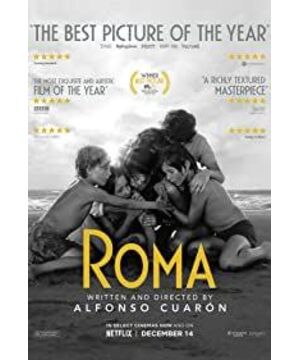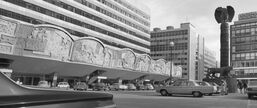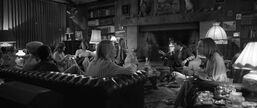Alfonso Cuarón's Roma is a melodramatic narrative that reminisces about everyday life in Mexico in the early 1970s, revolving around a middle-class family and their servants.
However, rather than focusing on the characters themselves and their experiences, Cuarón's lens carries more of the capture of the social background and atmosphere in front of or behind the characters, which is a kind of image similar to neorealism. Style, similarly, the camera is quite a lot of the time before the character enters the world and then leaves the character, and the climax of the story is more wrapped in the mass trauma caused by the historical events that take place in the background of the camera...
The fascination of Cuarón's lens with the world in the film is the definition of the film as a time-space capsule with images as a carrier, and in the process of making this time-space capsule, Cuarón's scheduling of the mid-foreground characters in the shot, as well as the mid-background society The scheduling of the background, as well as the extremely infectious actor arrangement and schedule brought on by the film at other times, are an excellent manifestation of his excellent directing skills.
View more about Roma reviews











